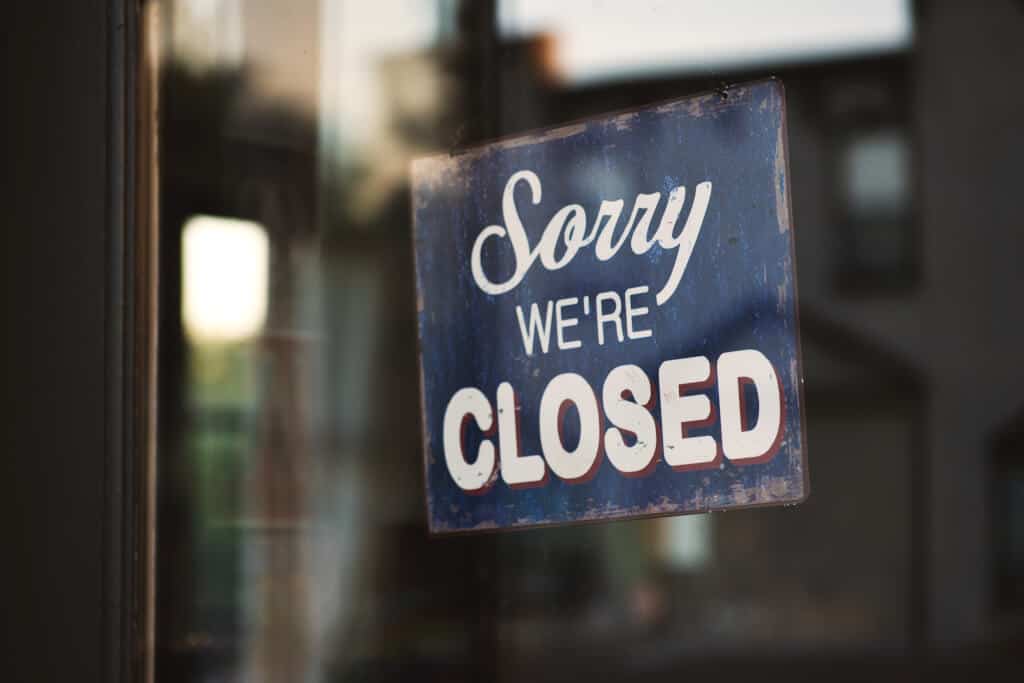
Death of the high street? How retail PR and social strategy can increase visitors
In the UK, it may seem like we’re spoilt when it comes to shopping. Many towns still have beautiful cobbled streets with boutique shops, there are out-of-town superstores serving our every need, and outlets open late to enable us to shop long after the working day has finished.
So why, when it all seems so good, are we seeing headlines such as “Death of the British high street” and “RIP Britain’s high streets”?
The birth of ecommerce
Whether it’s having grocery shopping delivered directly to your door at a convenient time or finding new outfit for the lowest price possible, there isn’t much that can’t be bought faster and cheaper over the internet. As a result, consumers are shopping online in their droves, instead of heading to stores. This is particularly true of younger generations: according to UPS, millennials now make over half of their purchases online, contributing to the £13.8 billion e-commerce turnover in the UK last year.
The cost of retail
However, there a number of other factors making it harder for those retailers with a bricks-and-mortar presence. First: Brexit – a term we just cannot escape at the moment – could spell a hike in the cost of importing products from Europe. Second: the cost of renting prime commercial real-estate, which is rising beyond the reach of some retailers.
Finally: us. It was reported in April this year that the UK’s year-long pay squeeze finally came to an end, with wages finally overtaking price rises. Despite this, consumer sentiment is slow to change, meaning many of us will continue to shop – and spend – with caution.
Re-invigorating retail
But it’s not all doom and gloom. Instead, we should remain optimistic and take lessons from those retailers which are making the most of both bricks-and-mortar and digital channels. Things like click-and-collect services, a seamless web-to-store customer journey, and in-store technology, as well as creative use of expensive commercial real estate, can provide great means of re-engaging with consumers and enhancing the shopping experience.
In addition, with the growth in the popularity of ‘sharing’ content across social media, an integrated social strategy should be part of all retail PR and marketing roadmaps, keeping customers engaged and incentivised to visit high street stores.
Last October, TopShop, for example, launched a collaborative immersive experience with cult-TV show Stranger Things, which was heavily publicised on social channels, with the hashtag #TopshopTopmanxStrangerThings trending across Twitter. John Lewis meanwhile has offered visitors the opportunity to take a break from shopping at its Oxford Street flagship store to enjoy training courses, eye tests, a nail and brow bar and pop-up masterclasses, encouraging people to swap shopping on their smartphones with paying a visit to store in person.
Yes, there are some challenges ahead, but with flexibility, an open mind, a dash of creativity and a desire to understand the modern-day consumer, retailers can reinvent and reinvigorate the customer experience. Long live the high street!
Find out how we apply our retail tech and ecommerce PR expertise and technology to get retailers noticed.





